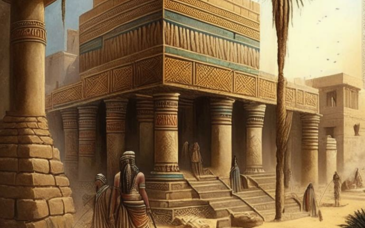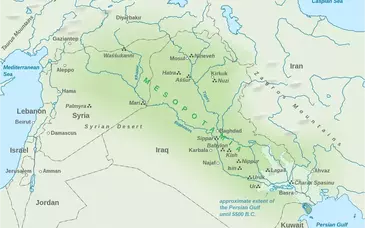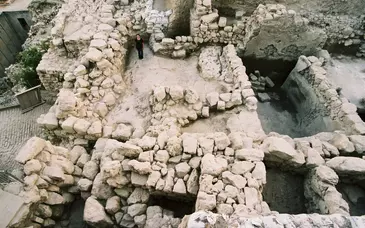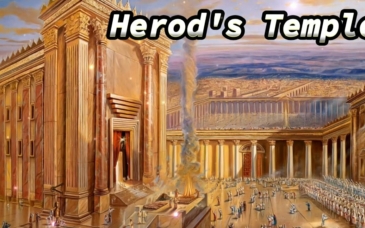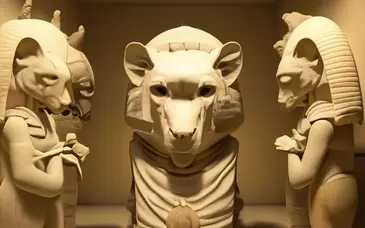In the tapestry of human history, the Seven Wonders of the Ancient World stand as testament to the extraordinary achievements of ancient civilizations. These architectural and artistic marvels, though long lost to the sands of time, continue to captivate our imaginations. Join us on a journey to rediscover the wonders that once stirred the hearts and minds of those who beheld them.
1. The Great Pyramid of Giza (Egypt): The only wonder still standing today, the Great Pyramid of Giza, has withstood the test of time for over 4,500 years. Built as a tomb for Pharaoh Khufu, its precise construction and astronomical alignment continue to baffle engineers and historians alike.
2. Hanging Gardens of Babylon (Iraq): Shrouded in mystery, the Hanging Gardens of Babylon were said to be an architectural marvel, an elevated paradise of lush greenery. Though their existence remains debated among scholars, the allure of these terraced gardens has left an indelible mark on the imagination.
3. Statue of Zeus at Olympia (Greece): A colossal representation of the Greek god Zeus, this magnificent statue once graced the temple at Olympia. Standing over 40 feet tall, the statue was renowned for its intricate craftsmanship and awe-inspiring presence.
4. Temple of Artemis at Ephesus (Turkey): Dedicated to the goddess Artemis, this temple in Ephesus was a masterpiece of classical Greek architecture. Its grandeur was reflected in its multiple columns and adorned sculptures, making it a beacon of cultural and religious significance.
5. Mausoleum at Halicarnassus (Turkey): Built in honor of Mausolus, a Persian satrap, the Mausoleum at Halicarnassus was a monumental tomb adorned with intricate sculptures and friezes. The term "mausoleum" itself originates from this ancient wonder.
6. Colossus of Rhodes (Greece): A colossal bronze statue of the sun god Helios, the Colossus of Rhodes stood at the entrance of the island's harbor. Towering over 100 feet, it was a symbol of Rhodes' strength and maritime prowess.
7. Lighthouse of Alexandria (Egypt): Guiding sailors through treacherous waters, the Lighthouse of Alexandria was a marvel of ancient engineering. Its towering structure housed a beacon that could be seen from miles away, ensuring safe passage for seafarers.
While the Seven Wonders of the Ancient World have mostly crumbled into dust, the indelible mark they left on history endures. Each wonder tells a story of human ingenuity, creativity, and the relentless pursuit of the extraordinary. Though we may never gaze upon these wonders in their full glory, the echoes of their grandeur continue to resonate across the ages, inspiring awe and admiration for the achievements of our ancient predecessors.
